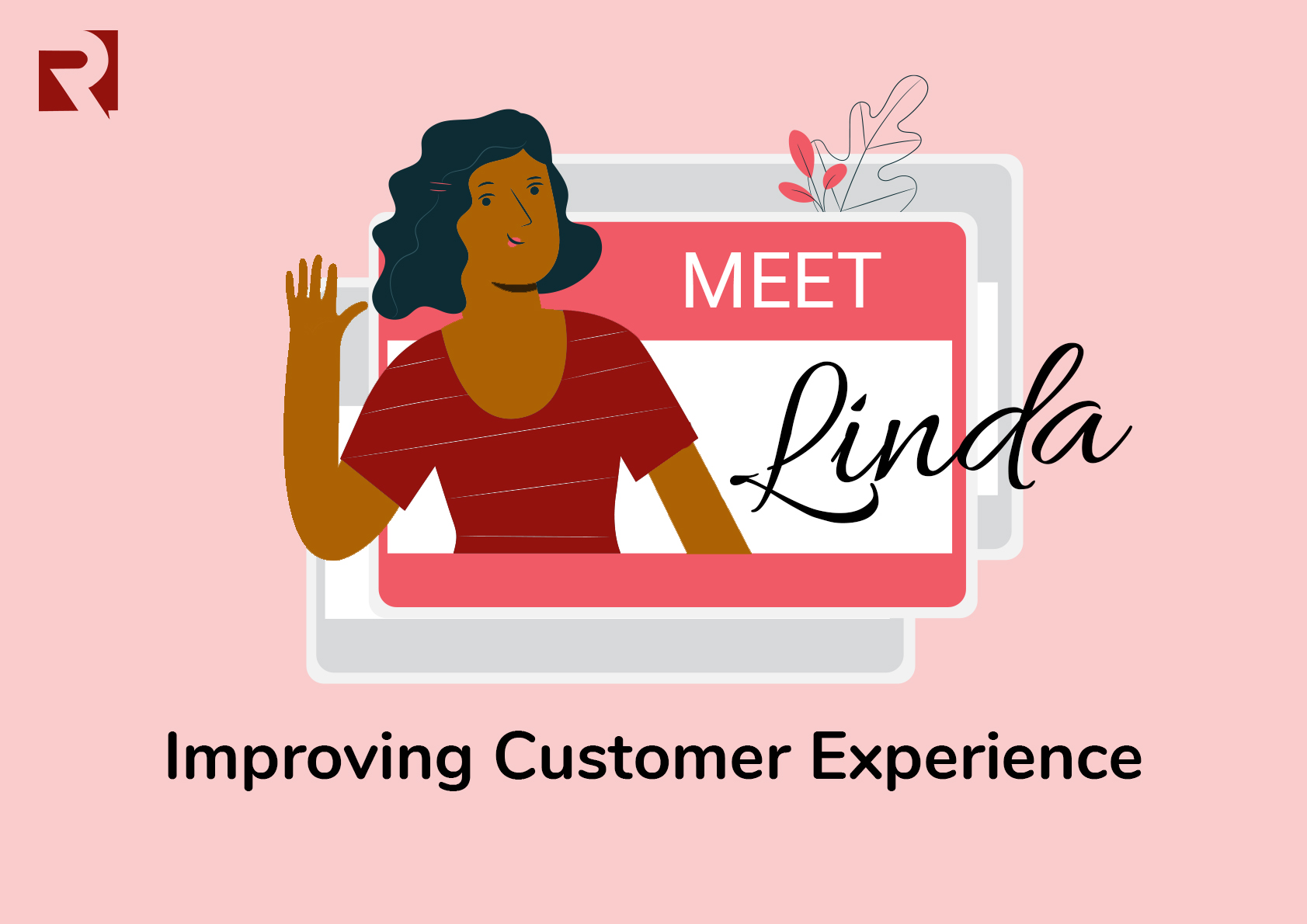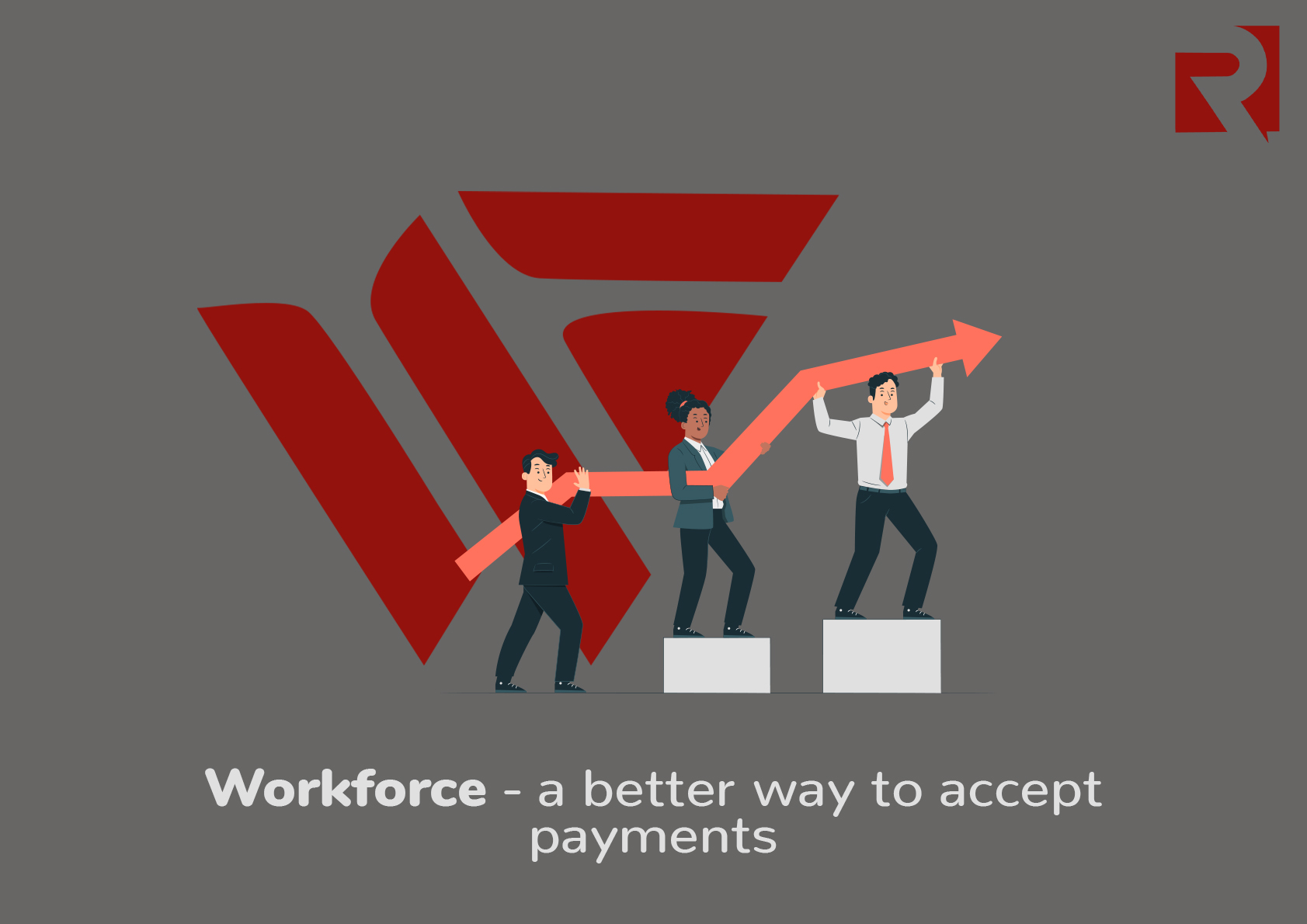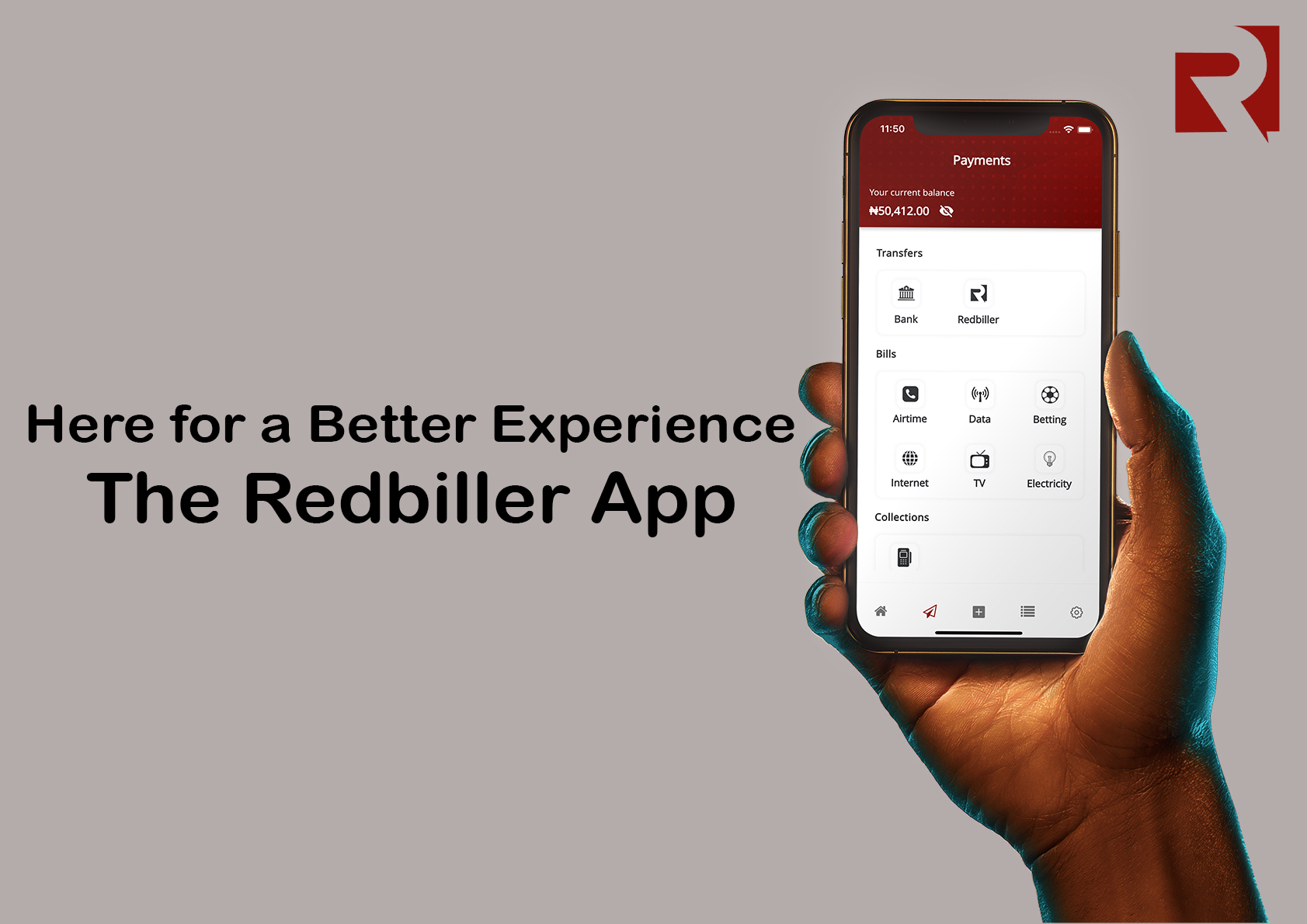The idea of Payment Plans is as old as the concept of business itself. People have numerous Needs and Want. Sometimes they can afford to go all out and get these things. Other times despite the importance and the urgency of these things, they just cannot afford it. The irony is that they might be able to afford it over time, maybe by saving for it. But outright payment is just out of the question.
But it is not only about what a customer can afford to buy or not. For you as a business, the reality is, unless you are into everyday needs like consumables, there will always be days/seasons when it is pretty normal that people don't need your services. The principle of Revenue management says you have to keep earning to keep your business afloat.
The point is you have to find a way to keep the revenue flowing regardless of consumer need. One of the proven ways to achieve this is by offering flexible payment plans. Just so we are on the same page, a payment plan is splitting the total cost of a product or service into smaller bits to be paid by the customer over an agreed period. The system can include weekly plans, bi-weekly plans and monthly plans with payments spread over a period.
A small amount is added to the original price of the item serving as an interest to make up for the time frame. For the business owner, this means increased profit and more sales as people are encouraged to buy and pay at their convenience. For the customer, it means comfort, a safe alternative to getting loans. Either way, it's a win-win.
However, payments plans don't just mean more sales for the business, it also means customer loyalty. With customers being able to get what they want, when they need it, without having to worry about outright payment, they become endeared and loyal to the business. They will choose the company that stood by them in times of little over any business any day, any time.
Increased brand awareness is also part of the package. Customers will tell their friends and families about the payments plans and even encourage them to patronize the business. Free recommendations from beneficiaries of your payments plan ensure more sales than any mass media advert. Word of mouth marketing has remained the most effective form of marketing to date.
The Role of PSP
Collections and Tracking: though a payment plan is a clever marketing move, it can be demanding. It automatically increases your workload. You have to track payments made and how they add up to what has been paid to give us what is left. It might not be a big deal when it's just five customers, but as the numbers begin to increase, so does the work. Partnering with a payment service provider makes it easier to accept payments and keep track of them.
Redbiller allows you to use multiple checkouts on different platforms. You can use one checkout for accepting full payment and a different one for receiving broken down payments. Redbiller also offers real-time transaction reporting that helps you keep track of all instalments made.
KYC: if you're going to trust someone with getting your products/services without making full payment, confirming that they are who they say they are is not too much to do. It is reasonable to know your customer. You can do this for both offline and online customers.
Redbiller offers ten identity verifications you can choose from. The process is fast and discrete. It doesn't involve anything that puts you or your customers in an awkward position unless someone has something to hide. The customer might not even know about it.
Precautions
As with anything that involves money, especially business money, you have to be careful. People can become unpredictable when it comes to money and would go to lengths to justify their actions. But this should not rule out the option of payments plans for your business. Just make sure you put measures in place to safeguard your money and curtail excesses. Here are a few things to consider.
Witness - a legally binding signed agreement on the terms of repayment
Purchase insurance - contact your insurance service provider to see your options
Purchase limit - set a limit for the price or number of items purchased using a broken down payment per time.
Downpayment - set a percentage of the total cost paid initially to get the product or service.
For the payment plan strategy to work, it has to be with your customers in mind. It is as much about your customer as it is about growing your business. Customers are at the heart of every business. You have to consider who they are, what they do, what they want, to come up with something that suitably addresses their needs.



